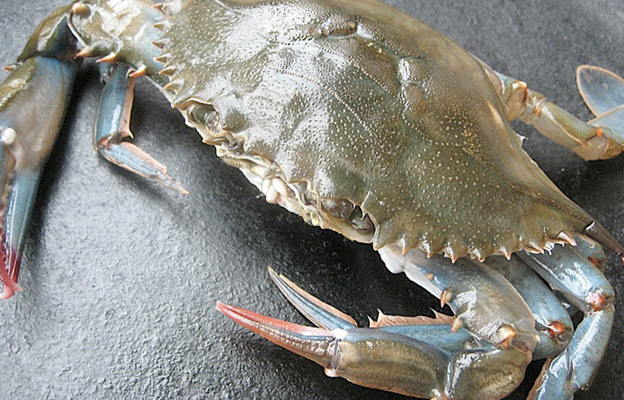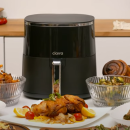
The Differences between Hard Shell Crab, Soft Shell Crab and Krab
You may have noticed similar ingredients in your favorite dishes when you eat out. This can be confusing in the cases of soft shell crab, hard shell crab, and krab. They are all used in Japanese cuisine in the same dishes. So what are the differences between them? We’re going to give you some information to help navigate the menu when you next dine with us.
Hard Shell And Soft Shell Crab
Although they are called differently, soft and hard shell crabs come from the same species of crab. When they reach adulthood, these crustaceans, often blue crabs, go through a period of molting. They have reached a point in their lives where they are too big for their shells. This is when they need to be removed so that they can grow a larger shell.
The crab begins by absorbing water until its body is large enough for it to be able to open its shell and climb out. After the crab has escaped from its old shell, it will be able to start growing a new one. It will take a few days before the new shell can cover the crab’s soft body. The crab can be harvested quickly during this time and prepared in many different ways.
Both hard and soft shell crabs have bright, sweet, salty flavors, but the textures are very different. A soft shell crab has a unique texture. Deep fried soft shell crabs are usually seasoned with buttery soft meat. Although the texture is not as delicate, the hard shell crab retains a stronger flavor.
Our Spider Roll is a unique soft shell crab experience that you won’t forget. Deep-fried soft shell crabs and crab cakes are combined with cucumber, avocado and masago, then rolled with diced mango and eel sauce inside a crisp nori sheet.
What is KRAB and why do we use it?
Krab, contrary to its name, is not usually made with real crab. However, some companies use real crab with other ingredients. Surimi, imitation crab, or krab is a form of imitation meat that’s usually made from three ingredients. The paste is made from white fish, starch, and spices. Once it has been mixed together, the paste can be cut into pieces that look like crab legs and then colored to make it look like crab. This imitation seafood is a common ingredient in Japanese cuisine.
Surimi was developed in Japan in 1970 to replace shellfish at a lower cost. It gained popularity worldwide. Surimi is easy to make and cheaper than shellfish. It is also easier to obtain all year. Surimi was first introduced in America in 2000 as imitation crab or Krab. It quickly became a popular choice in sushi and seafood restaurants. Imitating crab is still a popular choice for seafood and shellfish alternatives.
Our Rainbow Roll is a great way to imitate crab. Avocado, cucumber, and imitation crab are wrapped in nori and topped off with tuna salmon, white fish and avocado.
If you have allergies to shellfish or any other food, talk to your server and chef. We cannot guarantee that all allergens will be eliminated, but we will make every effort to protect you, even if it means we have to prepare your meal in our back-kitchen.
Sushi Inc. is a vibrant restaurant that offers what is considered the best sushi in St Pete. Opening its doors in 2013 and becoming a local staple by offering live music, traditional hand-rolled sushi and a friendly atmosphere, our guests always have a top notch experience. Customers love our award-winning, fresh and creative Sushi rolls, Nigiri, and Sashimi. With a larger selection of tempura, non-Sushi, and teriyaki options, we can accommodate every taste. Click here to make your reservation now!











